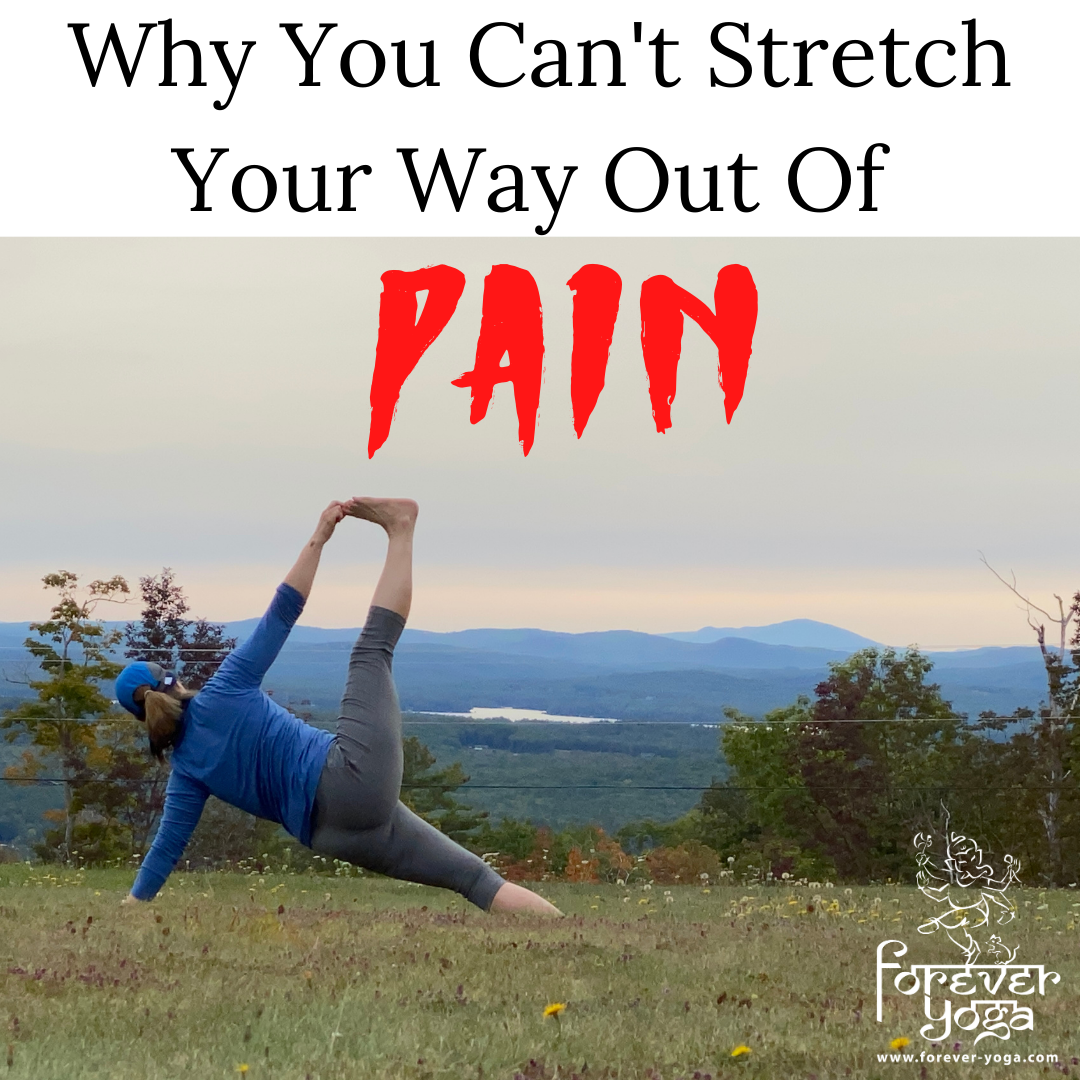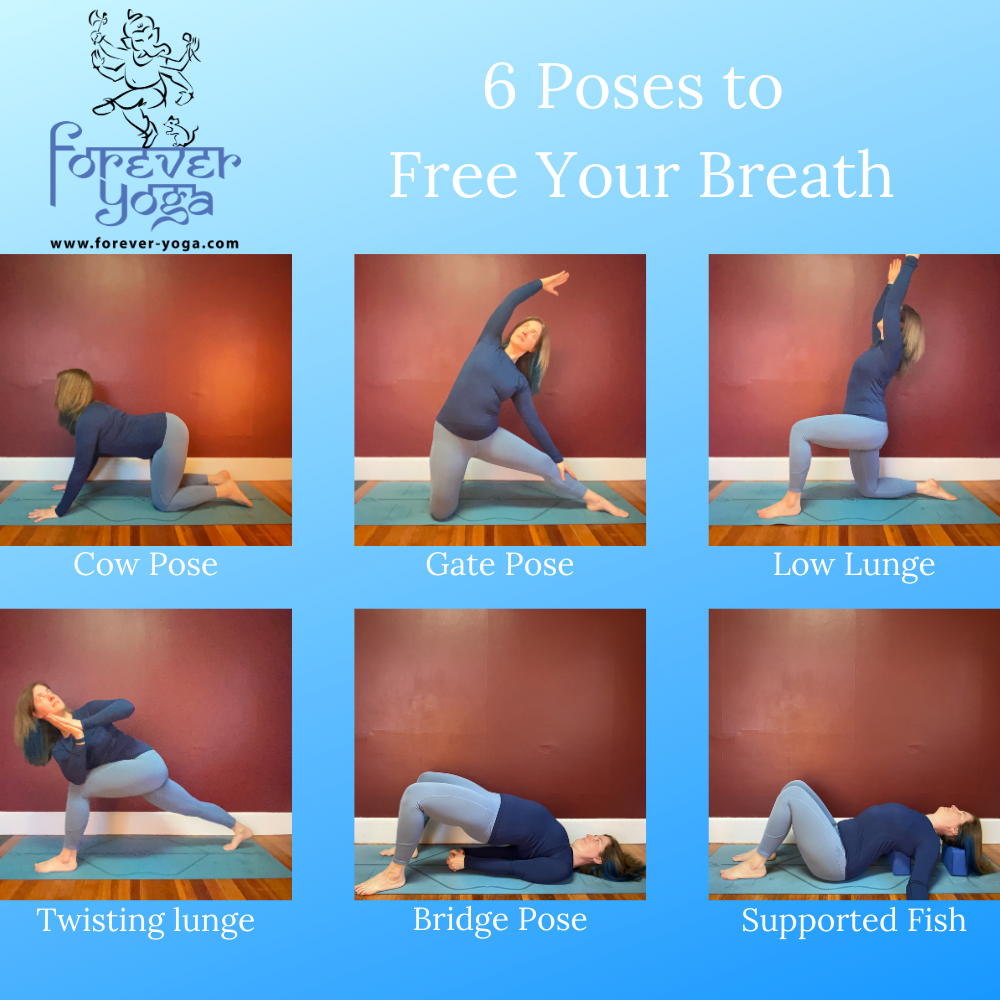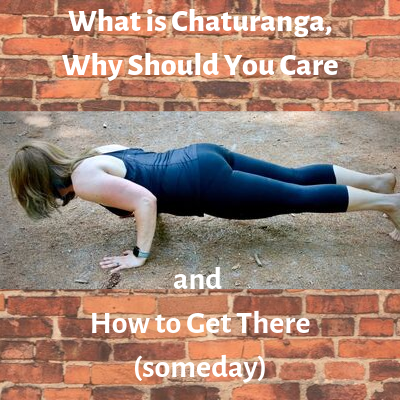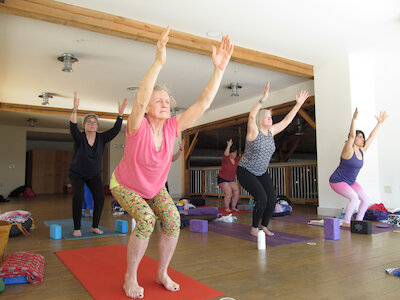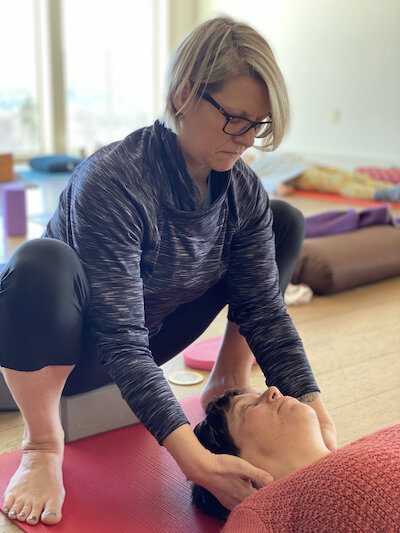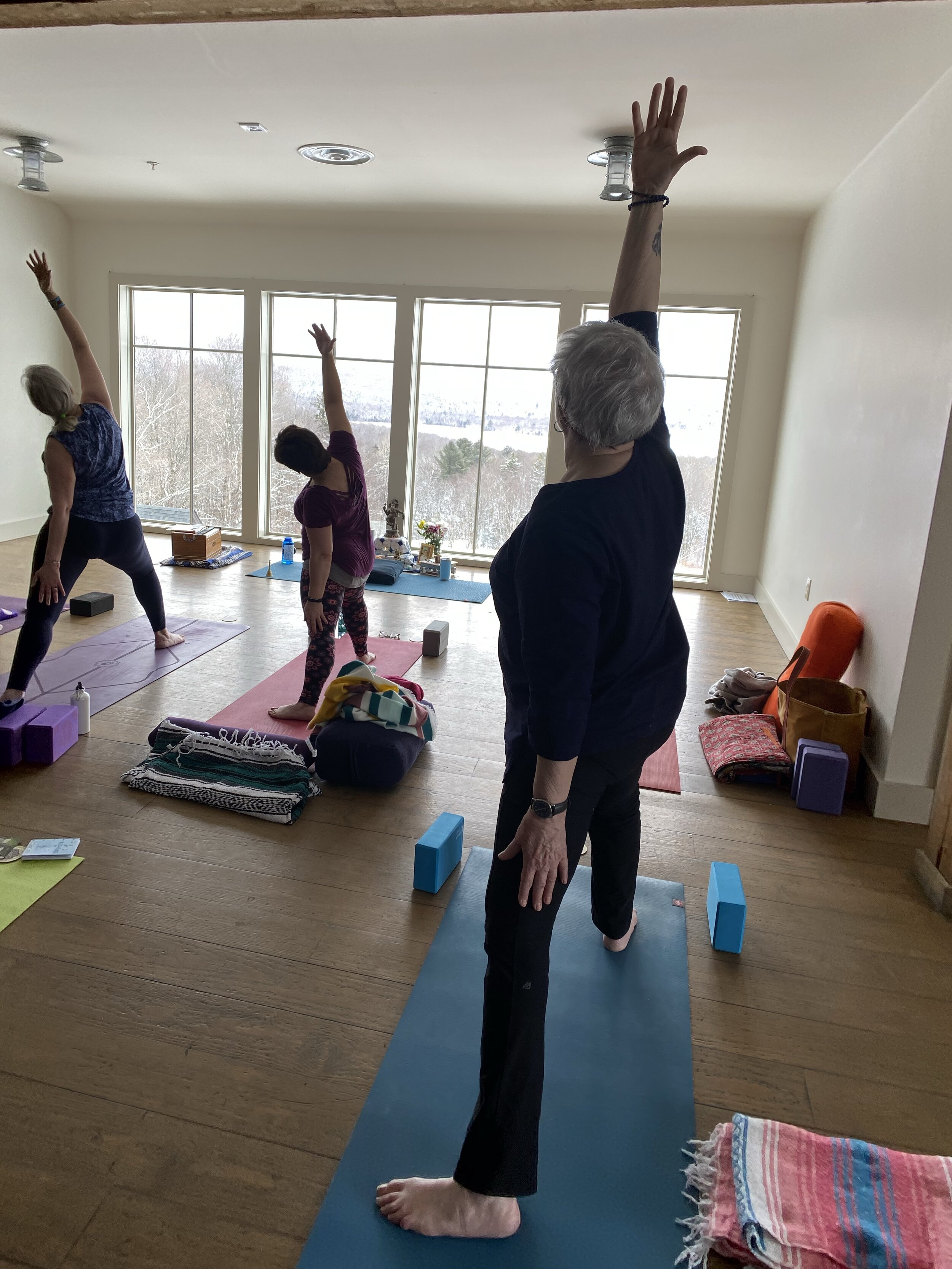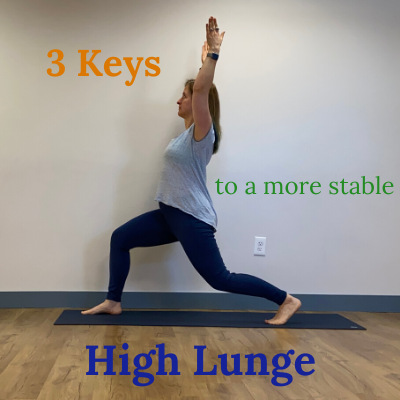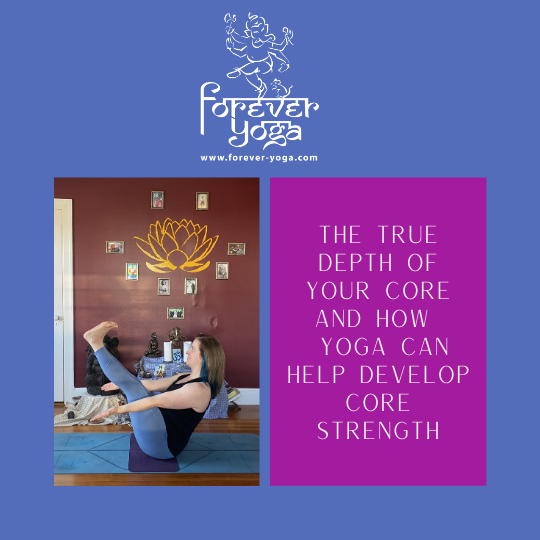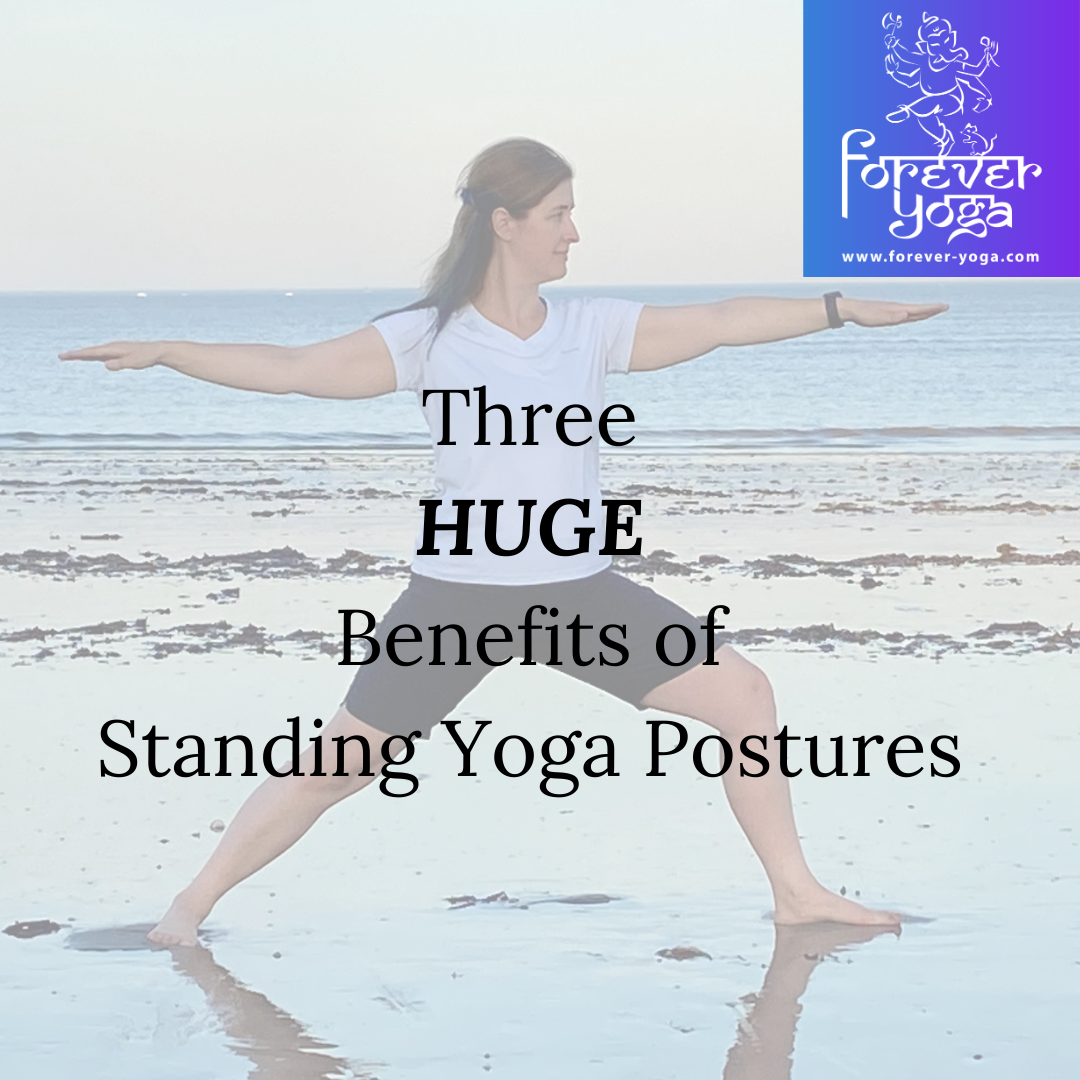Making the Most Out of Your At Home Yoga Practice
/Nothing is as it was. You're doing everything online including seeing your friends and family. The moment you leave the house to run a simple but necessary errand, nothing is normal and you are acutely aware that the world is different.
Even your yoga class is online and you're forced to practice at home in an environment that may feel anything but peaceful right now. You know your practice is an important way to help you through this moment in history, but how can you possibly make it work at home?! Here are a three ideas that might help you make the most of your next online yoga practice.
Carve Out Sacred Space - You may share your home with many other beings including animals, kids, significant others, roommates, digital assistants and more and this can certainly make finding a space for your practice difficult. If at all possible, talk to the people you live with and negotiate a space that you can use. Remind them that they will get a better version of you if they allow you this time and space for yourself.
Ideally, this space would allow for your yoga mat and props to be out all the time, so you just have to jump on and get going. In a perfect world, you might even be able to close a door between you and all those distractions, but I know the world is less than ideal right now. Even having a space where you have to move a few items and ask the other beings to vacate is better than nothing.
If you can, you might enhance this space with some sacred objects. It might be as simple as a single flower in a vase or a small plant. You might go as far as having a statue of a deity and some incense or a candle and an uplifting photo. Bringing even a small amount of beauty to your space will only help you feel more “at home” (at studio?) in your environment.
Clear the Distractions (and the Energy) - Now that you have a space to do your practice you’ll want to clear it of distractions before you settle on to your mat. This is probably the thing that will make you feel like you’re back at the studio the most. We usually ask you to turn your phone to silent and leave it in the lobby. How can you create that same thing in your home? Can you leave it in another room? Can you unplug the Alexa? Turn off the TV? Silence the notifications on your tablet that you’re using to stream your class? Consider what types of things might take your attention away from your practice and do what you can to turn them off or leave them in another room.
You may also consider doing an energetic clearing of the space. A lot of us are feeling the heaviness of the situation we’re all experiencing right now on deep mental and emotional levels. Clearing our space and clearing our own energy can be very healing at this moment and set us up for a great practice. It’s something I do regularly at the studio before and after people come in for class and whenever I can at home. You might burn some sage or incense, sweep the floor, do a little light cleaning or decluttering, or chant some mantras. To learn more about Space Clearing, you can check out my Ebook on our Digital Downloads page.
Finally, and most importantly…
Release the Idea of Perfection - Your practice at home, even with a livestream with us, is not going to be the same as a class at the studio because it is not the same as a class at the studio. Maybe that’s obvious, but sometimes it helps to state the obvious! The cat is going to walk on you. The TV is going to be blaring in the other room because someone else is watching it. The phone is going to ring even though you thought you turned it off. The dog is going to lick your face endlessly because you’re rolling around on the floor and gee that looks like fun!
It is ok. Really.
The fact that you are getting on your mat and doing something?! Let that be enough. Because it is enough.
It doesn’t have to be perfect. Do what you can. Keep gently telling the dog or the kitty or the kid or the husband no, not right now. I’m doing my yoga. They’ll figure it out.
Keep coming back to your breath. Keep doing what you can.
Because this might be one of the big lessons for all of us right now. What is enough? This moment.
Just let it be.


